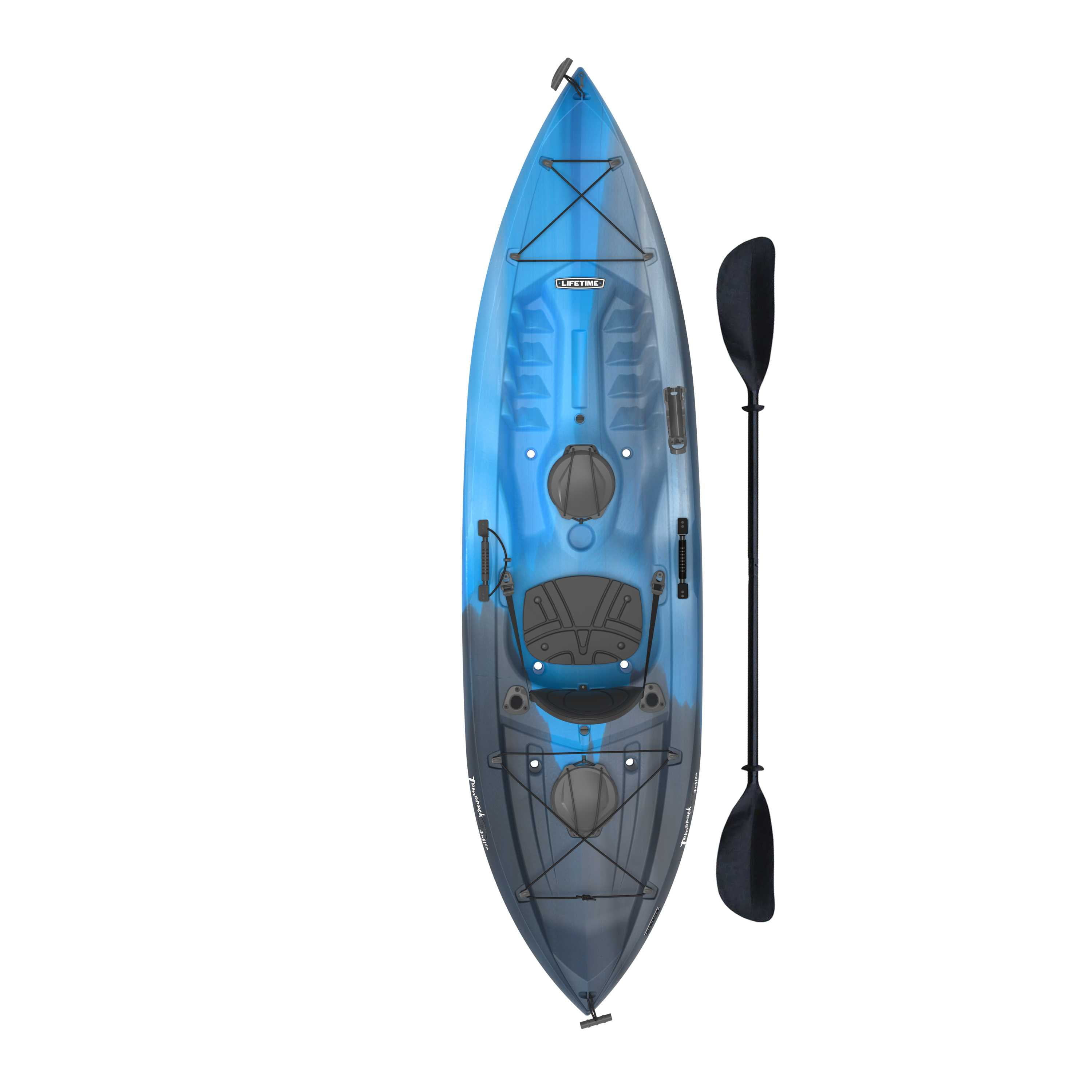
Once you have the basic concepts and strokes, learn to engage your core and push with your feet for more powerful and efficient strokes. Steady is fast” is a good mantra for executing your paddling strokes and building your skills. Get out and paddle! Have fun on the water! Take your time to develop a foundation of the basics. If you are going to be paddling away from shore, you should learn these techniques as well as make sure that your kayak has proper flotation and will not sink when capsized. There are techniques for getting back into or onto your kayak in deep water. A side stroke or backstroke often is most efficient when swimming with a kayak.
Kayak paddle free#
Try holding the kayak and paddle in one hand so that you have a hand free for swimming.If your life jacket is hindering your swim, float on your back to tighten and readjust it. A poorly fitted or an unclipped/zipped/cinched life jacket can impede swimming.Ideally you should practice swimming with your equipment before an accidental capsize happens. Difficulty swimming with equipment to shore.Stay in your kayak, stay calm, and encourage your friend to stay calm. Jumping in to help another person who has capsized.

Hold on to your kayak and paddle to prevent wind, waves, or current from taking your equipment away from you.

If this hurts your shoulder, you need to rotate your chest in the direction you want to go.Adjust your seat and feet to support sitting up straight.Sit up straight and tall with a slight bend in the knees.

Look for outfitters and kayak shops that have tours, classes, rentals, or demo days where you can try out different kayaks. Taking a kayak for a test drive before you buy it is a great way to see if you like the way it fits and performs. For example, wearing flip flops that are 2 sizes too big or too small on a rugged hiking trail can be done but isn’t usually the safest or most comfortable option.īefore buying a kayak, determine where you want to paddle then see what types of kayaks and equipment the local kayak outfitters are using. Considerations should be made regarding size, type, features, and quality.

Buying a kayak is like buying a pair of athletic shoes. Taking the time to choose the correct kayak will make the sport more enjoyable. There are many different types of kayaks. Equipment for kayakingĪt a minimum, you will need a kayak, paddle, and buoyancy aid. Awareness of the conditions and the weather forecast helps with good decision making. Weather and water conditions can change quickly.
Kayak paddle how to#
Knowing what to do when a capsize happens is just as important as knowing how to paddle a kayak. It is important to know the limitations of your craft and personal skills.


 0 kommentar(er)
0 kommentar(er)
